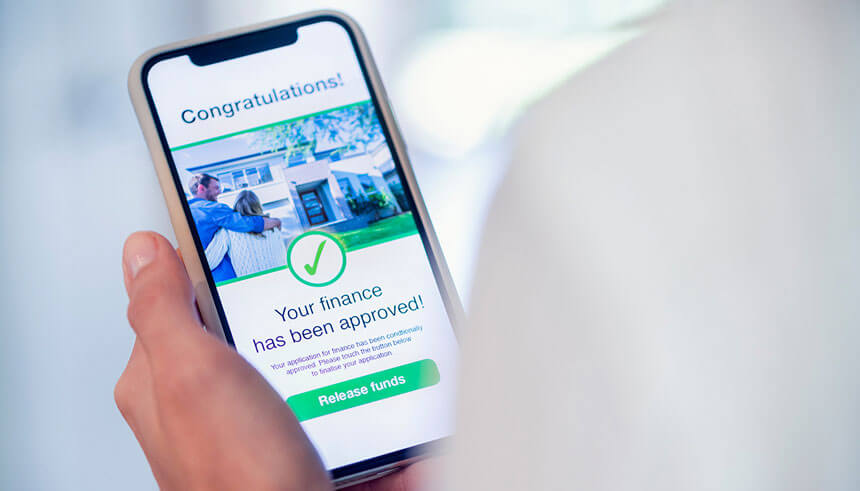Entrepreneur Insight
California Rebuilding Fund: How Small Business Owners Can Get Extra Help
By Angela Bao

A breakdown of California’s program to help small businesses impacted by COVID-19
With the uncertainty surrounding another round of federal stimulus, many states have started their own COVID-19 funding programs to support the multitude of small businesses that are struggling during these times. In August, California Governor Gavin Newsom announced a new program that is expected to launch later this year called the California Rebuilding Fund to help the state’s most underserved small businesses get much-needed capital.
The state has allocated millions in funding and has granted authority to the California Infrastructure and Economic Development Bank (IBank) to form public-private partnerships that would loan money to the California Rebuilding Fund. California Community Development Financial Institutions (CDFIs) would then borrow from the fund to make small business loans. The fund is specifically marked for businesses and entrepreneurs from historically underserved communities.
If you’re interested in a California Rebuilding Fund loan, here’s what you need to know before applying.
What is the California Rebuilding Fund?
The California Rebuilding Fund was created to address the flaws of federal programs like the Paycheck Protection Program and the Economic Injury Disaster Loan, both of which have received criticism for not going to the businesses perceived to have needed them the most. The fund will provide loans through CDFIs, which specifically target underserved communities and businesses that may get overlooked by larger banks or even the Small Business Administration.
“We know that most small business owners, particularly in some communities, bootstrap their business,” says Robert Porter, managing director of Pacific Community Ventures, a CDFI based in Oakland, California. “They don't have personal wealth and personal assets. We look at their businesses without the need for those criteria, so that we can try to approve more businesses from communities that we want to serve. I think that's true across the CDFI network.”
Although the California Rebuilding Fund comprises two facilities, Porter says borrowers should just think of it as one giant fund. The first facility consists of $50 million, from which the IBank will guarantee 95% of every loan, and the second facility is $265 million. However, loans made from both facilities will be capped at $100,000.
Key loan terms
Porter notes that the California Rebuilding Fund is not a forgivable loan like the Paycheck Protection Program. It’s a loan program that is anchored with a commitment by the IBank, and small businesses need to work with a CDFI to receive a loan.
According to Porter, some of the key loan terms are:
- Maximum loan size of $100,000
- 60-month term
- 4.25% interest rate
- Pay only interest for the first 12 months
However, Porter notes that both the loan terms, eligibility and documentation requirements are subject to change anytime prior to launch, but all participating CDFIs will have the same terms for these loans.
Eligibility for the California Rebuilding Fund
In order to be eligible for the California Rebuilding Fund, Porter says a small business must have the following:
- 50 or fewer full-time equivalent (FTE) employees prior to March 2020
- Annual revenue of less than $2.5 million
- Been in business for at least nine months of 2019
- At least a 25% decline in revenue since January 2020 directly due to COVID-19
- No active bankruptcies
- No repossessions or foreclosures in the past 36 months
- No unpaid child support
Porter notes that they are specifically comparing profitability to a business’s 2019 revenues. “So we're looking at 2019 financials, either your tax return, your business tax return, or your business profit and loss statement,” Porter shares, “to see if you are at least breakeven in 2019.”

He adds that credit score requirements will be set by each individual CDFI. “I think most CDFIs are going to fall within the category of 515 and above,” Porter says. “There may be some that are 515 [or] lower, but they will be set by the CDFIs, and you will be able to see the credit score minimums of each CDFI when you [get] your application.”
CDFIs are also not allowed to give loans to certain businesses, such as those in the cannabis, tobacco or adult entertainment industries. So, any businesses that are not eligible to work with CDFIS also would not be eligible for a California Rebuilding Fund loan.
Documents needed for the application
In order to apply for the loan, Porter says that business owners will need to provide the following documentation:
- Schedule of ownership, which includes the names, addresses, Social Security Number or Employer Identification Number, percentage ownership and photo ID for all owners with a 20% or greater stake in the company
- Executed attestation certificate (which Porter describes as simply a “form to sign to state that your business has been affected by COVID”)
- Bank statements going back at least three months, or other proof of revenue
- 2019 federal tax documents
- Evidence of the business’s legal formation, such as standard location, business registration, and/or conflict of interest terms
- Personal guarantees, if applicable, although Porter believes that “most CDFIs will be looking” for one
Loan application process
All applicants will be going through the Connect2Capital online portal, says Porter. Applicants will fill out a pre-application that will then match them with a CDFI, based off of the criteria each business enters.
“If you say, for instance, that you are a small business, you fit this criteria, you have this number of employees, your business in located in Stockton,” Porter gives as an example, “you'll be matched with all the small business CDFIs that serve the Stockton area where your business is located. You'll be able to choose which of the CDFIs you think matches your criteria as a small business borrower. You’ll then be matched with that particular CDFI, and that particular CDFI that you choose will be working on your application for this spot.”
Sign up for the Reach Further Newsletter
We’ll keep you in the know about the latest US-Asia business news and trends.
Suscríbase al boletín Reach Further
Lo mantendremos informado sobre las últimas noticias y tendencias comerciales entre Estados Unidos y China.

